In the final instalment of lessons learned within the Farm Profit Programme, we look at matching calving dates to grass growth.
In the northeast of Scotland, the programme demonstrated that the best time for suckler cows to calve was March and April, ensuring cows were rolling out to grass just as growth rates were on the rise.
The first few weeks of lactation in suckler cows is crucial to maximise milk yield. By calving cows in sync with increasing grass growth, it means the energy demand of lactating cows matches the energy supplied by grazed grass in mid- to late spring.
The benefits of this were clearly evident on the Duguid family farm. When drawing up a farm plan, the advice was to push calving back from mid-March to early April.
The reason for this was that calving and lambing occurred at the same time, putting extra pressure on farm labour and housing facilities until turnout.
Despite pushing calving back to start in April, weaning weight has increased, even though calves are younger.
With cows now slipping out to grass within a day or two of the calf hitting the ground, indoor feeding costs are lower through reduced silage intakes and less concentrate feeding to support lactating animals.
Gradual change
As a compromise, the change was made over a couple of years. Turnout of stock bulls to cows was delayed by two weeks per year.
The tail end of the calving period was also tightened up. Again, this was to have more productive cows calving more in sync with grass growth and ensure a longer grazing season.
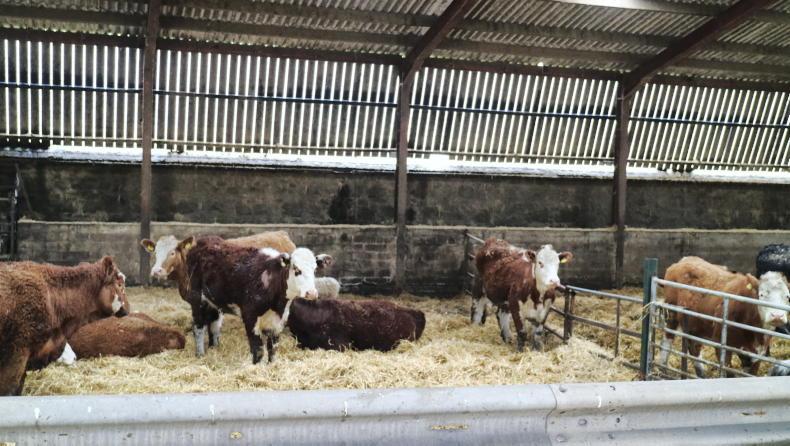
All but one cow calved within eight weeks this spring at the Duguid farm.
Calving was tightened by marking a date in the diary to remove the stock bulls. While there is a risk of a slightly higher rate of empty cows in year one, the herd records show these cows were persistently late-calving animals slipping back year on year.
After three years, the herd has been slimmed down to just the most fertile and productive cows for breeding.
During the spring of 2021, calving started on 7 April for the Duguid family and had one left at the start of June with 92 cows calving down in eight weeks.
They lost 10 calves in total, two with a twisted stomach, two aborted early, one set of weak twins, three laid on by the cow and one cow and calf lost after a caesarean section.
Increased weaning weight
Initially, there was a fear that delaying calving would result in lighter calves come sale time, as they would be younger. However, the exact opposite happened.
Comparing the weaning weights at the outset of the programme compared with the end of the programme, the average 200-day calf weight increased by 10kg/head.
This was put down to the fact that freshly calved cows going straight to grass were on a higher plane of nutrition compared with an indoor silage and concentrate diet.
Highly digestible spring grass is high in energy and protein, driving milk production, which in turn improves performance.
Cost benefit
Counting up the value of increased weaning weight, 10kg across 83 calves at a typical live ring value of 260p/kg is worth an additional £2,158 for the herd.
The feed cost saving, as well as fewer disease issues with newborn calves going straight to grass, also have to be factored in on top of this.
Ultimately, the farm is in a better place in 2021 through delaying the onset of calving compared with the old system.
Conclusions of the programme
Since the start of the programme in 2017, the aim has been to make livestock pay on Scottish farms. Over the years, the family farms have managed to raise gross margin per hectare for cattle by 64% and 122% for sheep.
None of the changes on the farms were drastic. In fact, some were small incremental changes. However, when compounded, these changes add up to significant increases in the gross margins on the participating farms.
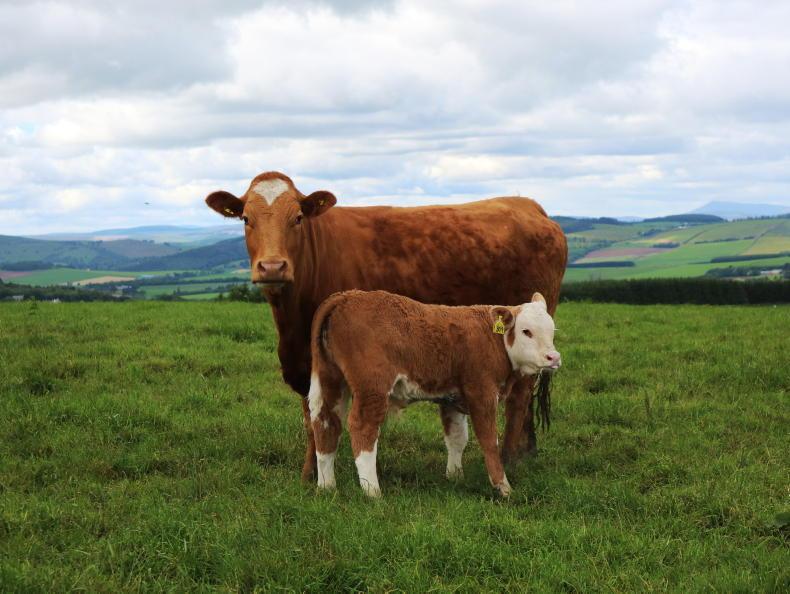
Delaying calving allowed the cows the maximise milk production when they hit the grass and increased weaning weights.
Farms were visited regularly to offer support and guidance throughout the project. Each visit also offered the opportunity to record progress.
Originally, the project set benchmarks on a per-head basis due to the large area of hill ground skewing gross margin per hectare calculations.
However, much of what the programme has done has focused on getting more from the same or a smaller area farmed. This is demonstrated by the cattle gross margin per head rising 19%, whereas on per hectare it rose 66%.
While business plans were unique to each farm, the overall strategies employed were very similar to drive the outcomes.
All farm plans targeted maximising grazed grass and minimising purchased feed costs as a key profit driver. Likewise, farm plans aimed to maximise weaning rates and liveweight gain.
Early in the project, fixed costs were identified as an issue to be tackled. However, due to the nature of many of these costs, simply reducing them did little to improve long-term profitability. Instead, output was grown to dilute the fixed costs. In turn, net profits within the businesses have increased.
In the final instalment of lessons learned within the Farm Profit Programme, we look at matching calving dates to grass growth.
In the northeast of Scotland, the programme demonstrated that the best time for suckler cows to calve was March and April, ensuring cows were rolling out to grass just as growth rates were on the rise.
The first few weeks of lactation in suckler cows is crucial to maximise milk yield. By calving cows in sync with increasing grass growth, it means the energy demand of lactating cows matches the energy supplied by grazed grass in mid- to late spring.
The benefits of this were clearly evident on the Duguid family farm. When drawing up a farm plan, the advice was to push calving back from mid-March to early April.
The reason for this was that calving and lambing occurred at the same time, putting extra pressure on farm labour and housing facilities until turnout.
Despite pushing calving back to start in April, weaning weight has increased, even though calves are younger.
With cows now slipping out to grass within a day or two of the calf hitting the ground, indoor feeding costs are lower through reduced silage intakes and less concentrate feeding to support lactating animals.
Gradual change
As a compromise, the change was made over a couple of years. Turnout of stock bulls to cows was delayed by two weeks per year.
The tail end of the calving period was also tightened up. Again, this was to have more productive cows calving more in sync with grass growth and ensure a longer grazing season.

All but one cow calved within eight weeks this spring at the Duguid farm.
Calving was tightened by marking a date in the diary to remove the stock bulls. While there is a risk of a slightly higher rate of empty cows in year one, the herd records show these cows were persistently late-calving animals slipping back year on year.
After three years, the herd has been slimmed down to just the most fertile and productive cows for breeding.
During the spring of 2021, calving started on 7 April for the Duguid family and had one left at the start of June with 92 cows calving down in eight weeks.
They lost 10 calves in total, two with a twisted stomach, two aborted early, one set of weak twins, three laid on by the cow and one cow and calf lost after a caesarean section.
Increased weaning weight
Initially, there was a fear that delaying calving would result in lighter calves come sale time, as they would be younger. However, the exact opposite happened.
Comparing the weaning weights at the outset of the programme compared with the end of the programme, the average 200-day calf weight increased by 10kg/head.
This was put down to the fact that freshly calved cows going straight to grass were on a higher plane of nutrition compared with an indoor silage and concentrate diet.
Highly digestible spring grass is high in energy and protein, driving milk production, which in turn improves performance.
Cost benefit
Counting up the value of increased weaning weight, 10kg across 83 calves at a typical live ring value of 260p/kg is worth an additional £2,158 for the herd.
The feed cost saving, as well as fewer disease issues with newborn calves going straight to grass, also have to be factored in on top of this.
Ultimately, the farm is in a better place in 2021 through delaying the onset of calving compared with the old system.
Conclusions of the programme
Since the start of the programme in 2017, the aim has been to make livestock pay on Scottish farms. Over the years, the family farms have managed to raise gross margin per hectare for cattle by 64% and 122% for sheep.
None of the changes on the farms were drastic. In fact, some were small incremental changes. However, when compounded, these changes add up to significant increases in the gross margins on the participating farms.

Delaying calving allowed the cows the maximise milk production when they hit the grass and increased weaning weights.
Farms were visited regularly to offer support and guidance throughout the project. Each visit also offered the opportunity to record progress.
Originally, the project set benchmarks on a per-head basis due to the large area of hill ground skewing gross margin per hectare calculations.
However, much of what the programme has done has focused on getting more from the same or a smaller area farmed. This is demonstrated by the cattle gross margin per head rising 19%, whereas on per hectare it rose 66%.
While business plans were unique to each farm, the overall strategies employed were very similar to drive the outcomes.
All farm plans targeted maximising grazed grass and minimising purchased feed costs as a key profit driver. Likewise, farm plans aimed to maximise weaning rates and liveweight gain.
Early in the project, fixed costs were identified as an issue to be tackled. However, due to the nature of many of these costs, simply reducing them did little to improve long-term profitability. Instead, output was grown to dilute the fixed costs. In turn, net profits within the businesses have increased.






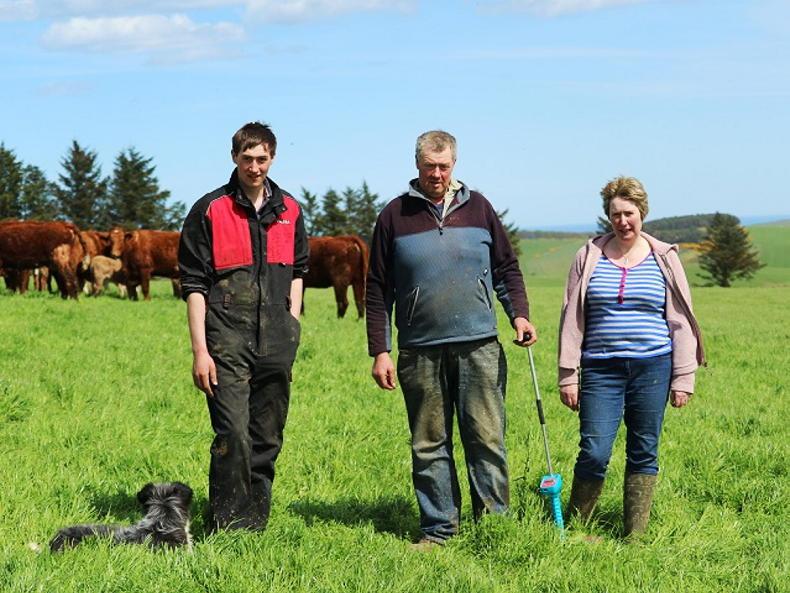
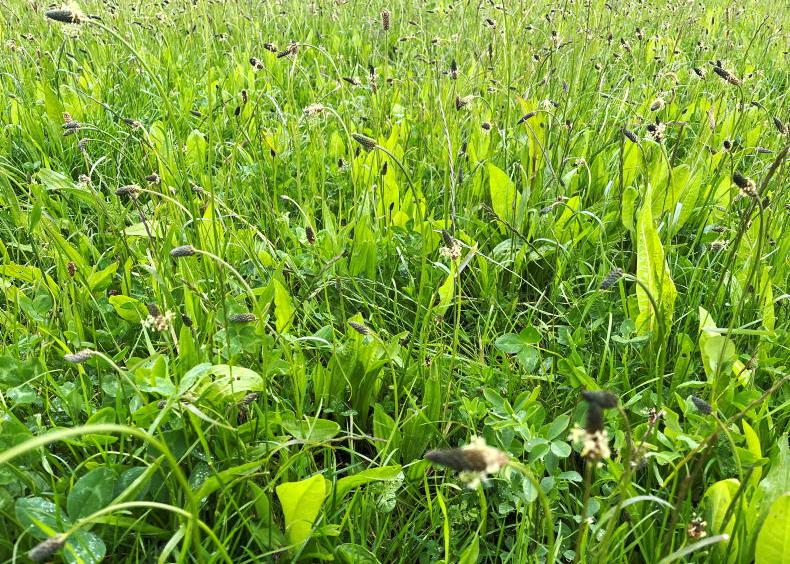

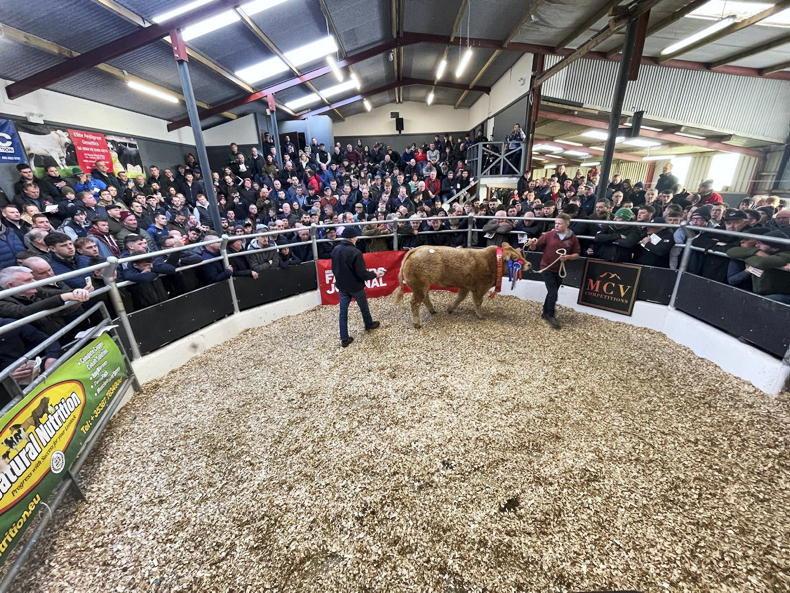
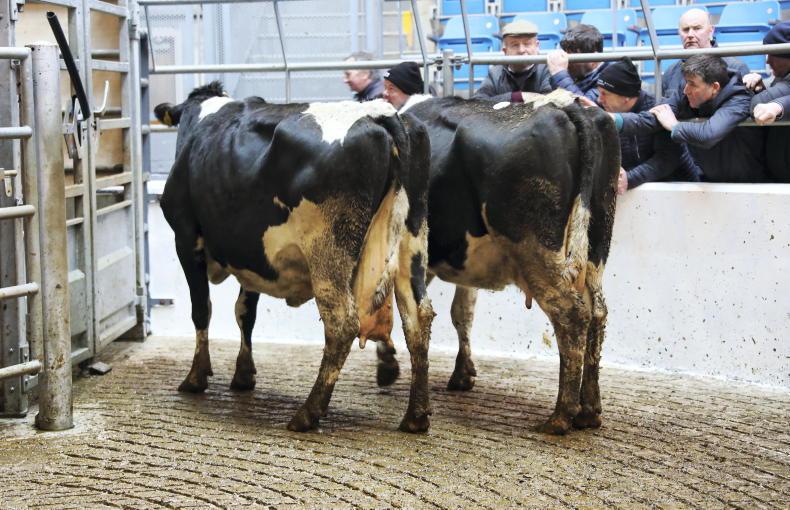
SHARING OPTIONS